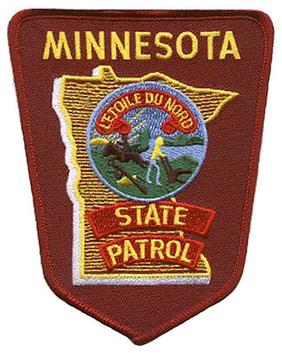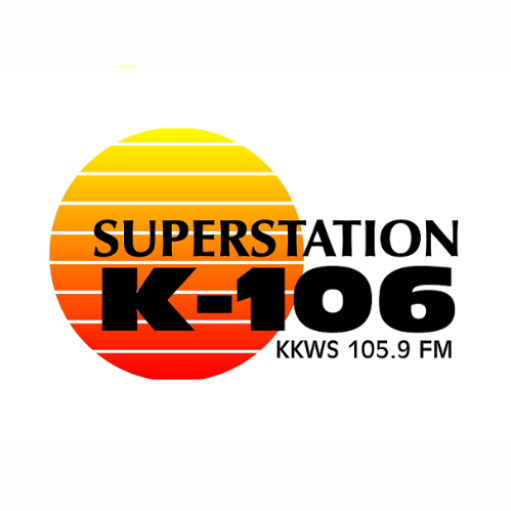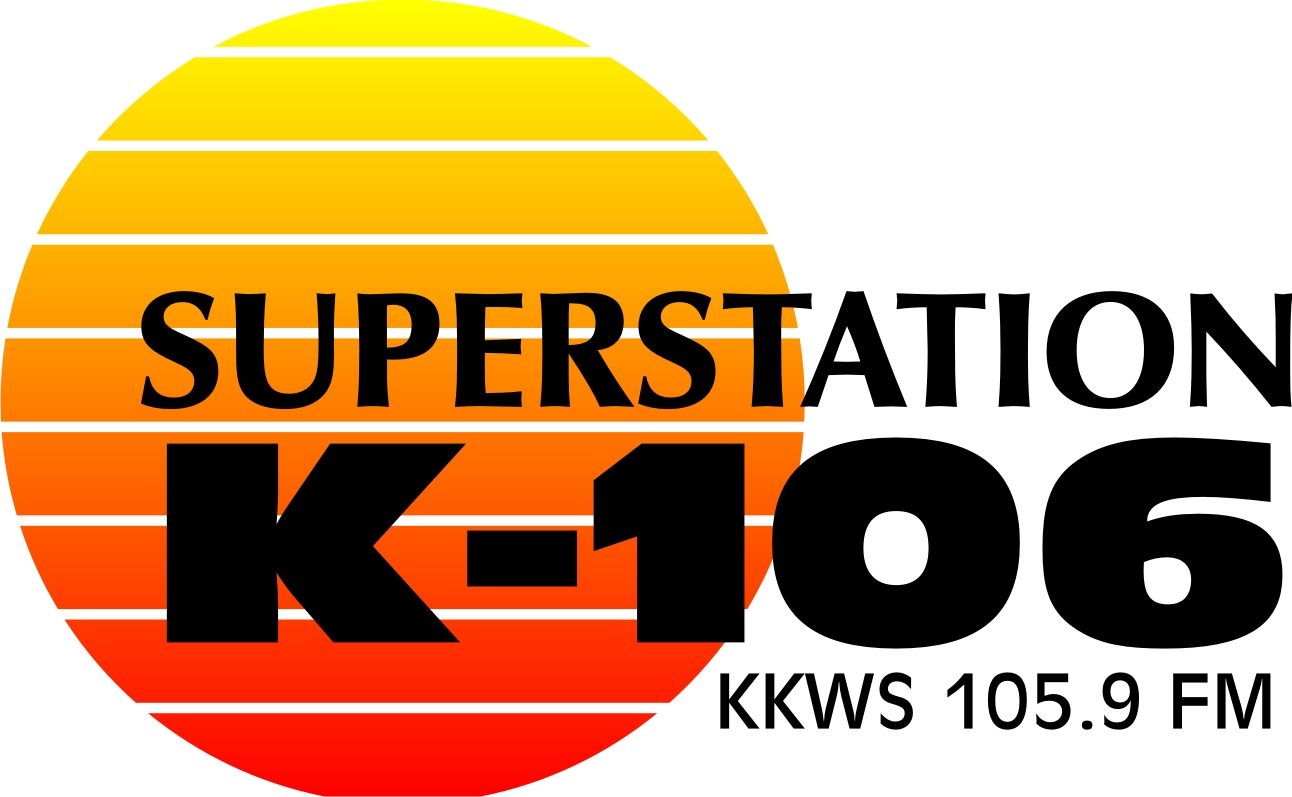
Question: With all this fog we’ve had lately, can you please talk about headlights? I see so many vehicles driving without them on. So many people just assume because they have them set to automatic that they are always on but that is not the case. Sure, they come on at night in the dark but on the days with fog, snow and rain most don’t and people need to do this for safety. I wish they would get out and walk around their vehicle so they had a clue. I know you talk about it quite a bit for would appreciate anything you can do. Be safe and thank you!
Answer: During the recent fog events, I have noticed many vehicles that had no lights on at all during these times and this can create a very dangerous situation, especially when visibility is reduced. Being seen while driving can help reduce your chances of getting into a crash.
Minnesota law says that every vehicle on a roadway shall display lighted headlamps, lighted tail lamps, and illuminating devices from sunset to sunrise. The law also applies when it’s raining, snowing, sleeting, or hailing and at any time when visibility is impaired by weather or insufficient light, at a distance of 500 feet ahead. Including fog.
Basic automatic headlights work through sensors which detect how much light is outside. These sensors are located on the dash of the vehicle. The headlights turn on when the sensors detect a certain level of darkness or the level of ambient light.
The problem is there are limitations to automatic headlights. Sometimes they do not turn on during heavy rain, snow or fog, as the light sensor still detects some light.
Most vehicles retained the conventional headlight switches, which allow drivers to turn lights on or off and bypass the sensors. Many drivers fail to physically turn on their headlights, which will also activate the rear taillights and marker lights. Drivers might assume the sensors will activate all of the vehicle’s lights in reduced visibilities, but that is not always the case.
A good rule to follow is if your wipers need to be on, then you should also turn on your headlights, taillights and marker lights. When lights are required, manually turn on your headlights, and you will know for sure that all your lights will be on when needed. Also, make it a habit to check your lights often to ensure all of them are properly working. When in doubt, turn them on.
A portion of state statutes were used with permission from the Office of the Revisor of Statutes. If you have any questions concerning traffic related laws or issues in Minnesota, send your questions to Trp. Jesse Grabow – Minnesota State Patrol at 1000 Highway 10 West, Detroit Lakes, MN 56501-2205. (You can follow him on Twitter @MSPPIO_NW or reach him at, jesse.grabow@state.mn.us).

